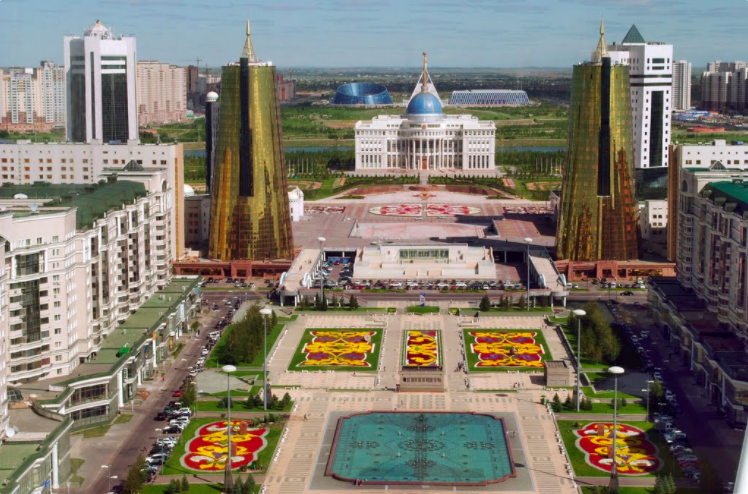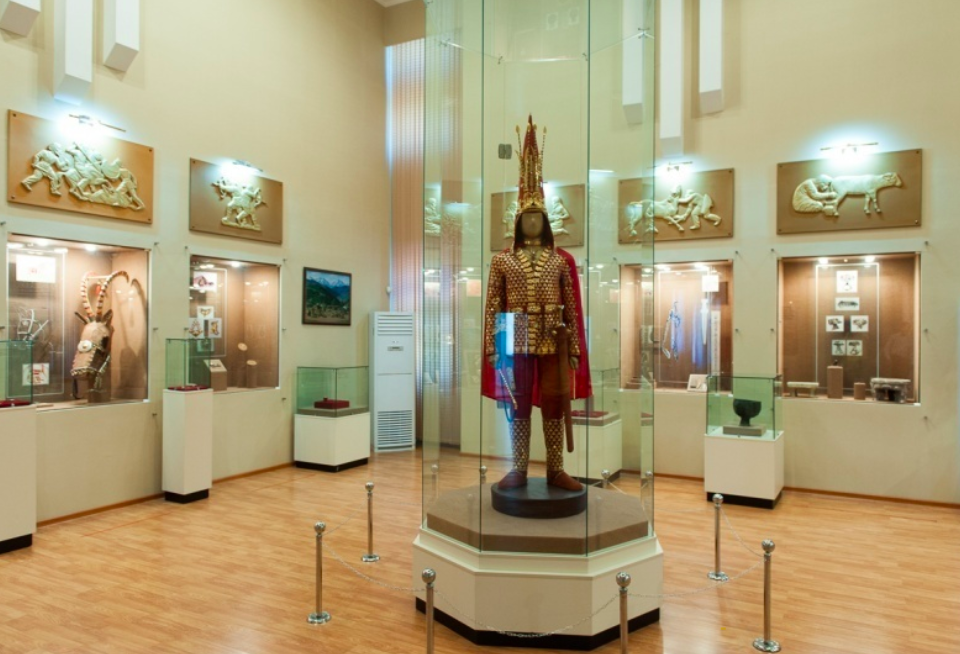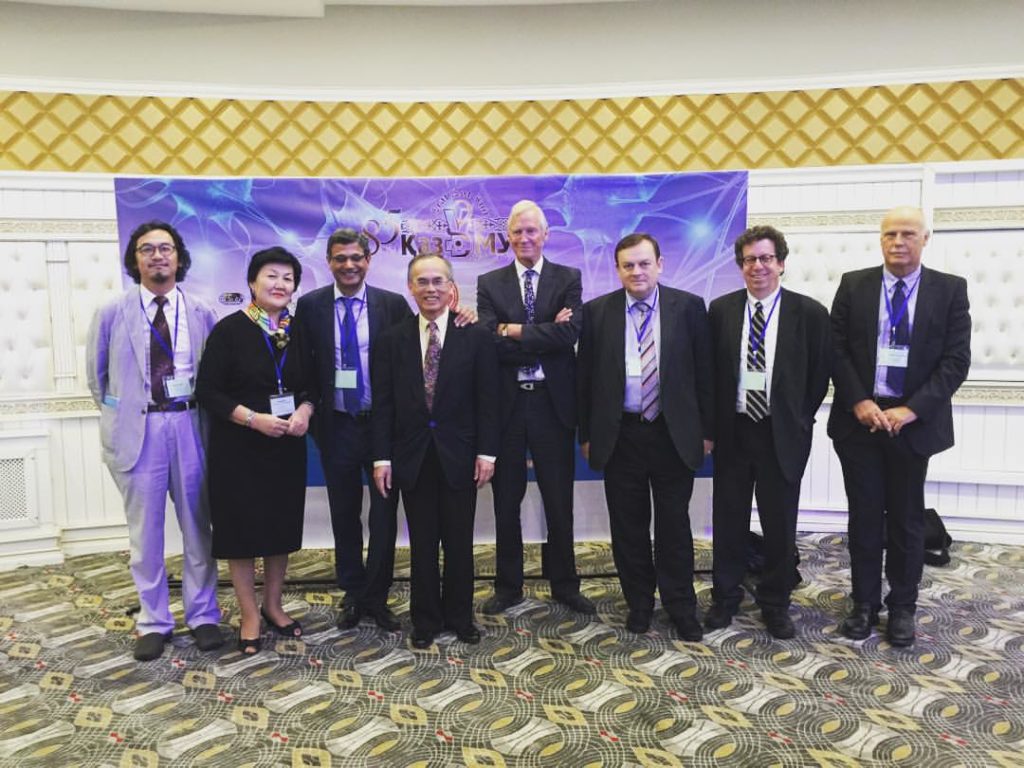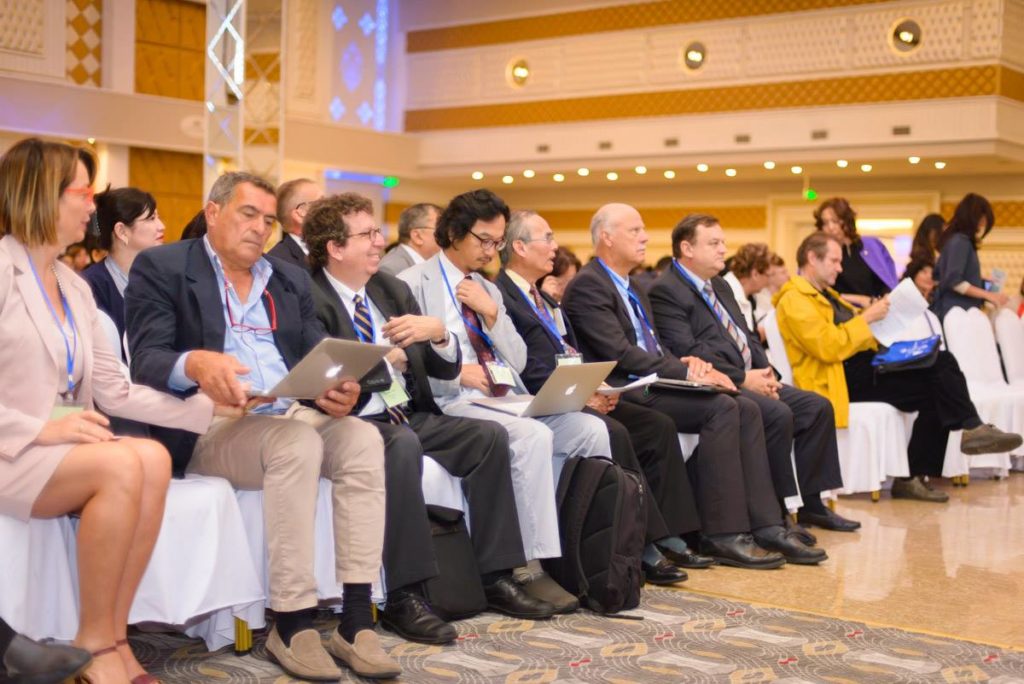Kazakhstan, officially the Republic of Kazakhstan (Kazakh: Қазақстан Республикасы), is located in the centre of the Eurasian continent. On the north and west sides, Kazakhstan shares borders with Russia, in the east with China, and in the south with Kyrgyzstan, Uzbekistan, and Turkmenistan. Kazakhstan is a large country, ranked 9th place in the world for its size.

The Republic of Kazakhstan is a unitary state with a presidential system. Under the constitution, Kazakhstan is a democratic, legal, and social state which recognises human life, rights and freedoms as the supreme values of the country. Kazakhstan gained its independence in December 1991. Nur-Sultan (formerly Astana) is the capital city of the country.
The population of Kazakhstan exceeds 18 million people. This population is multinational and multicultural.
Kazakhstan has important oil and gas resources, and holds the 9th place in the world in proven oil reserves, most of which are located in the western regions. In addition, uranium and coal deposits are the 2nd and the 8th largest in the world, respectively.

History
Kazakhstan is a country with a rich historical and cultural past. Located in the centre of Eurasia, Kazakhstan found itself at the crossroads of the world’s most ancient civilizations, at the intersection of transport arteries, social and economic, cultural and ideological ties between East and West, South and North, between Europe and Asia, between the largest state formations of the Eurasian continent. At various stages in the history of the territory of Kazakhstan, states with a distinctive cultural history arose and developed, the heir of which was modern Kazakhstan.
After the collapse of the USSR, Kazakhstan was the last of the union republics to proclaim independence. This significant historical event took place on December 16, 1991. The first states to recognise the independence of the newly proclaimed republic were Turkey, the USA and China.

Culture
The culture of Kazakhstan is richest in the history of its people, formed over many centuries. Under the influence of the harsh beauty of the steppe and the difficult life of the nomads, contemporary Kazakh culture that we know today was formed. A generously covered dastarkhan (table of food); yurts (elegant and at the same time functional dwellings); felt products of unprecedented beauty; clothes and hats with elaborate patterns; equestrian games; the art of eloquence, competitions of akyns (improvising poets and singers); all this is the culture of Kazakhstan, diverse and very distinctive.
The Neurological Society of Kazakhstan
The Kazakhstan National Association of Neurologists Neurosciences (KNANN) was established in 2015, when Professor Saltanat Kamenova became the first president. In the same year, KNANN held its first international educational forum “Neurology Update in Kazakhstan”, which is now held every two years, and was admitted as an institutional society to the European Academy of Neurology. “Neurology Update in Kazakhstan 2015” is a historical event, which for the first time brought together leading neurology speakers from 5 continents.


KNAAN unites neurologists from all regions of Kazakhstan, and supports residents and young neurologists. Since 2016, the KNANN Spring School has been held for residents and young neurologists, where workshops and sessions are conducted by leading neurologists from Europe, USA, Korea, Russia, Turkey and other countries. These are special events for young doctors, where they learn about new developments and trends in modern neurology.









